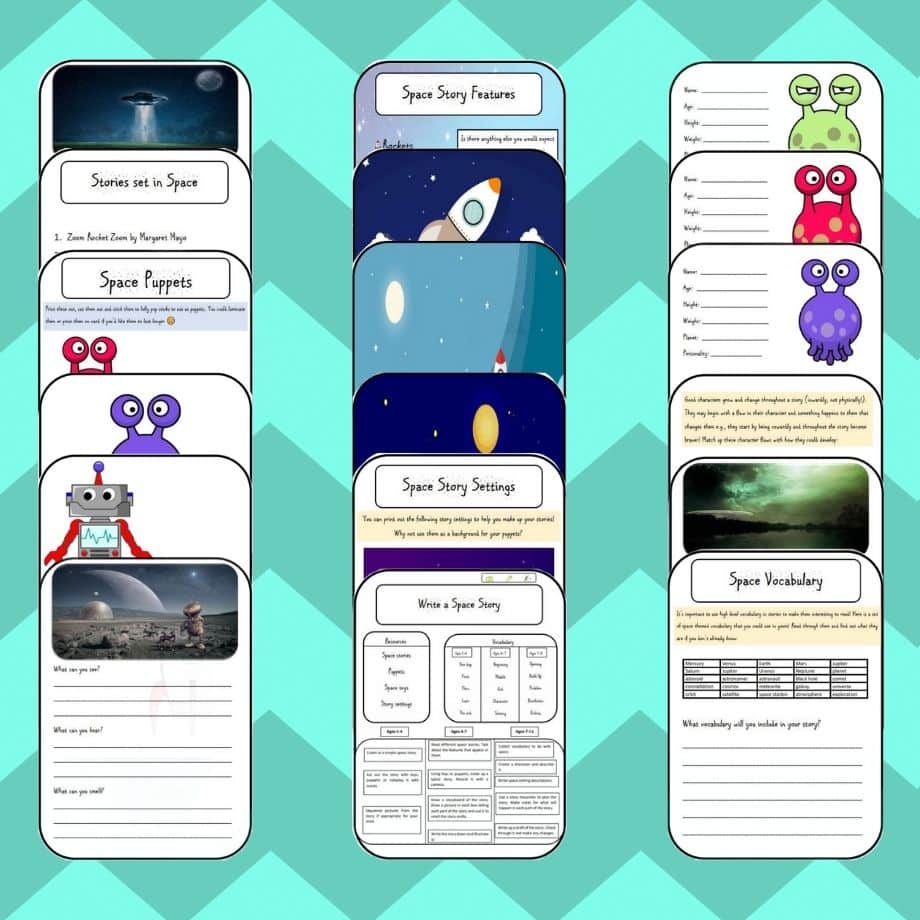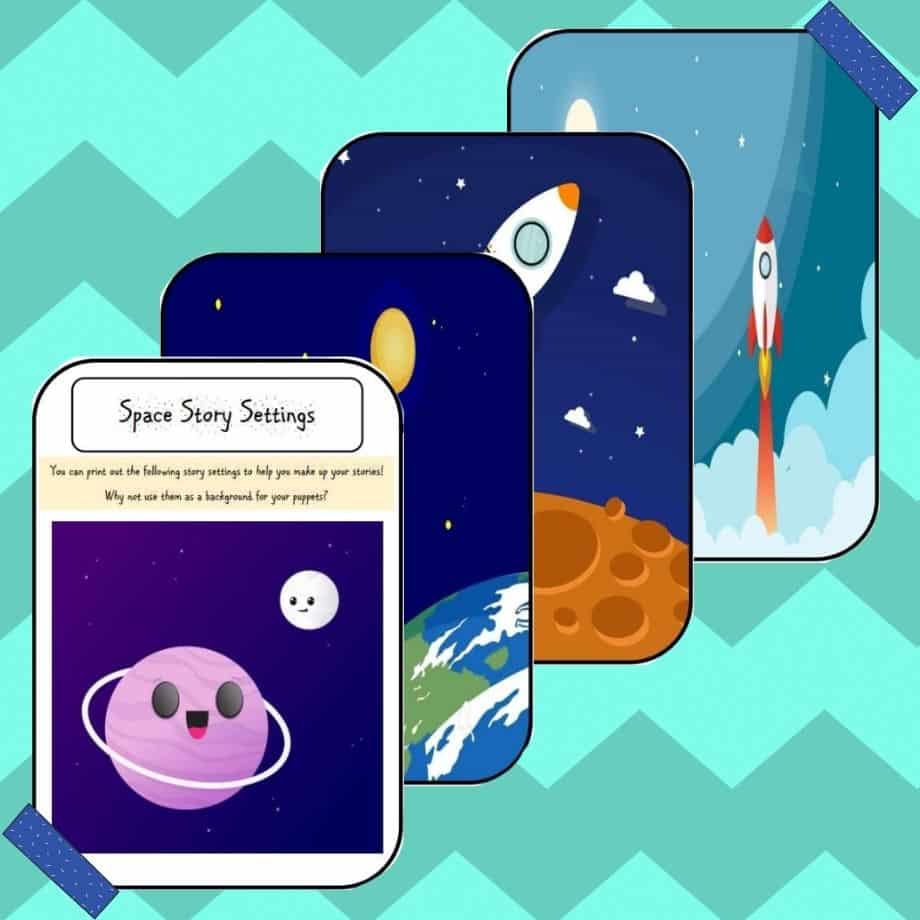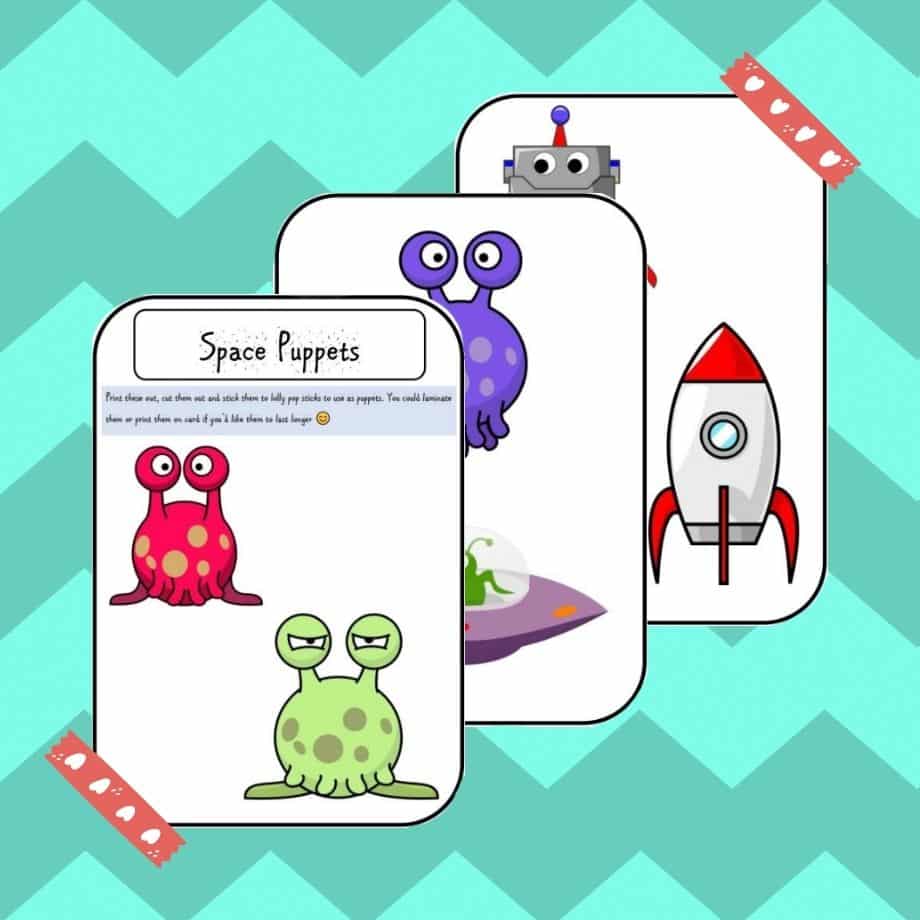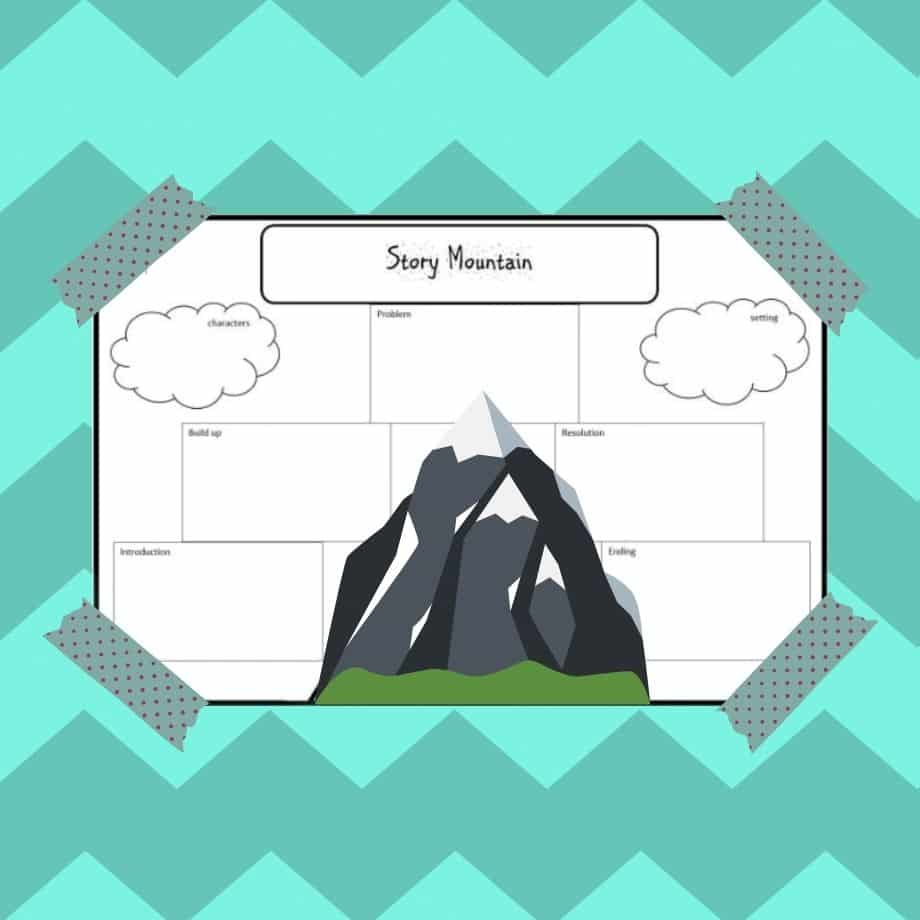
Vivid writing usually includes most or all of the 5 “W”s: Who, what, when, where and how. This space story project develops a child’s ability to recognise these different elements. They will grow an appreciation for their importance and will slowly master their use. This project is age-differentiated into three age groups, children ages 1-4, 4-7, and 7-11. Whether it’s writing a stellar space story, or creating an out of this world puppet show, your children will happily learn and grow. This activity is ideal for both the home and the classroom and can be downloaded through a subscription or individually here. The puppet elements make for a simple yet very rewarding craft. The story composition is a great exercise for the classroom or an interesting homework assignment. If you’re home educating, use it to introduce and develop interesting writing with your child.
An Intriguing Story Needs a Rich Setting

The 4th W of the “5 W’s” is the where. In order to properly be sucked into a story our brains try to gather information. One of these important bits of information is the location or setting. A vivid setting that includes different senses is more likely to draw in the reader. As such, this project includes various rich settings that you can practice describing and building upon. Once you’ve mastered these environments, try creating your own unique setting.
Good Characters Are the Key to Vivid Writing

Through a strong plot, good characters grow and change throughout a story (inwardly, not physically!). They may begin with a flaw in their character and an important event happens that changes them e.g., they start by being cowardly and throughout the story become braver! To develop these characters this project includes puppets for your toddlers to play with and describe. For the older age groups, we included character description sheets and a personality and plot worksheet.
Great Writing Includes Vivid Vocabulary
It’s important to use high level vocabulary in stories to make them interesting to read! This project includes a list of space themed vocabulary that you could use in yours! Read through the different words and find out what they are if you don’t already know. Then, include them in your space story.
Story Mountain

Once you’ve completed all the steps, use them to build your story mountain. Build on your introduction by adding a problem. Resolve it and create an ending to your descriptive writing masterpiece. Add up all the elements and create your spacey descriptive writing draft.
Share Below
